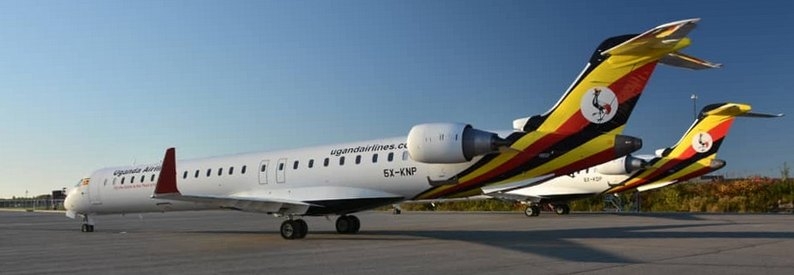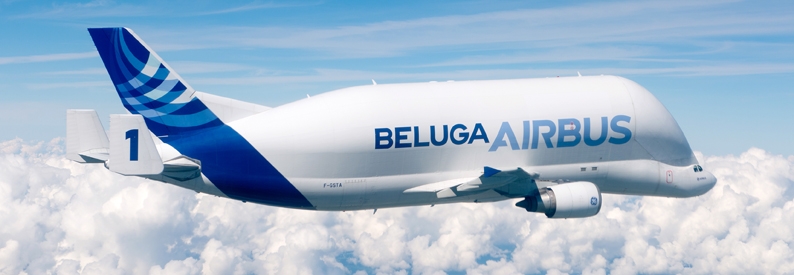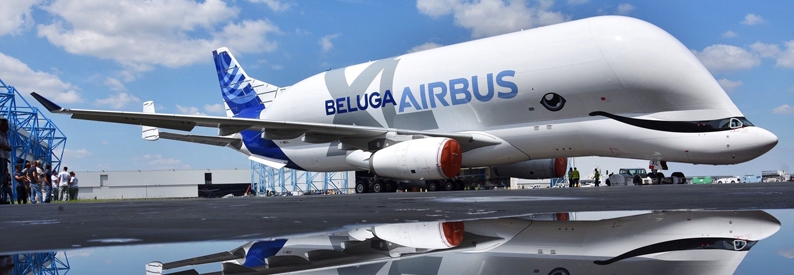The BelugaXL (A330-700ST) entered service with Airbus Transport International on January 9 to replace the BelugaST (A300-600ST) in the movement of oversized aircraft components such as wings, the manufacturer confirmed in a statement on January 13. Resembling its namesake the beluga whale, with a round nose and pointed beak, it took off for its maiden flight from Toulouse Blagnac.
A freighter based on the A330-200F and in development since November 2014, the BelugaXL made its first flight on July 19, 2018. It received European Union Aviation Safety Agency (EASA) certification on November 13, 2019, following tests totalling around 200 flights and more than 700 hours.
At 63 metres long and eight metres wide and with a range of 4,000 kilometres (2,200nm), it is big enough to carry two A350 XWB wings; the BelugaST can carry only one. Powered by Rolls-Royce Trent 700 engines, it has the biggest cargo bay cross-section of any existing cargo aircraft worldwide and has a maximum payload of 51 tonnes.
Airbus said that the BelugaXL would provide the manufacturer with “30% extra transport capacity in order to support the on-going production ramp-up of commercial aircraft programmes”.
It will transport aircraft parts between various assembly lines, operating like the BelugaST from 11 destinations in Europe. Airbus also uses road, rail, and sea transport to move parts between its production sites. All five A300-600STs will be phased out from 2021.
The first Beluga XL to enter service, F-GXLH (msn 1853), is the second aircraft to be built, having rolled out on March 19, 2019. The first test aircraft, F-WBXL (msn 1824), is currently being retrofitted following certification. The maiden flight was from Toulouse to Bremen Hans Koschnick and since then F-GXLH has touched down at Chester Hawarden and St. Nazaire, Flightradar24 ADS-B data shows.
A third airframe is undergoing conversion for delivery in 2020 and a total of six BelugaXL freighters will be operating by the end of 2023, according to Airbus.



